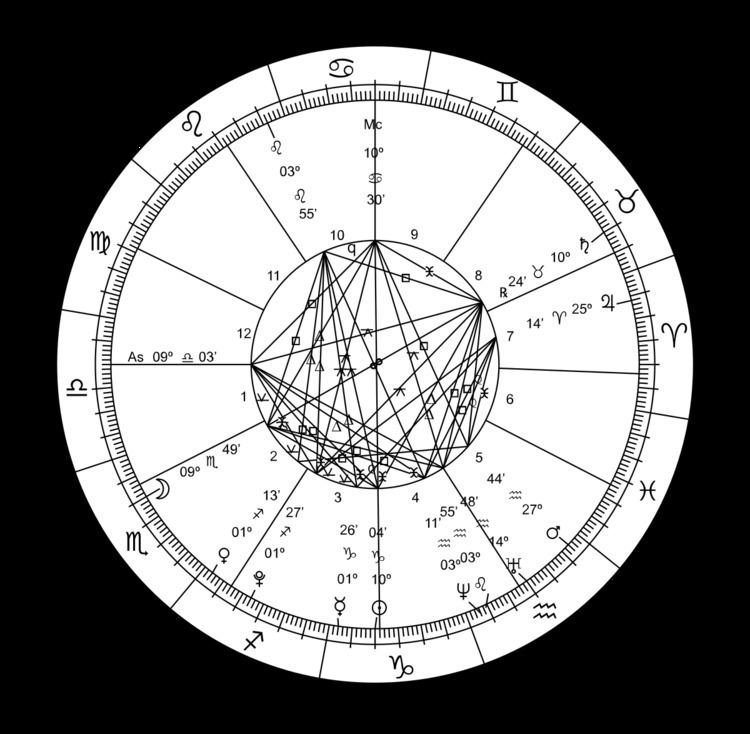 | ||
Avastha in Sanskrit means status or state. Hindu astrology has evolved methods for ascertaining the avasthas (states) gained by planets at any given time. Parashara in his Bṛhat Parāśara Horāśāstra refers to six kinds of avasthas.
Contents
Avasthas
Avasthas are basically secondary sources of strength which temper interpretations rather than reverse them; for example, a planet in Mritya (Death) avastha and situated in its own or exaltation sign is better than when it is in debilitation. Parashara has made mention of the undernoted varieties of planetary avasthas:
All standard Hindu astrology text-books provide the method for ascertaining the afore-mentioned avasthas as also the results of planets found in those avasthas.
Implication
The planet which is in Baala avastha i.e. in odd signs 0-6, in even signs 24-30 degress gives an ascending rise, in Kumar avastha i.e. in odd signs 6-12, in even signs 18-24 degrees, much better results, in Yuva or taruna avastha i.e. in odd signs 12-18, in even signs 12-18 degrees, gives the strongest or best results, in Proudha avastha i.e. in odd signs 18-24, in even signs 6-12 degrees, it becomes incapable of doing good, and in Vriddha avastha i.e. in odd signs 24-30, in even signs 0-6 degrees it gives very bad results. In Horary astrology there are two kinds of avasthas taken into account, they are 1) according to the neutral, friendly, own, moolatrikona, exaltation, inimical or debilitation sign occupied and 2) Atibaala avastha (infant), a day after combustion, Balya avastha (child), seven days after combustion, Kumara avastha (adolescent), till the planet becomes stationary, Yuva avastha (youth), till the commencement of retrogression, Bhupa avastha (royal), for period of retrogression, Vriddha avastha (servile), a few days before combustion, and Mritya avastha (death), when the planet is combust or eclipsed. The former is Sthana avastha or the positional state and the latter the Kala avastha or the temporal state.
Hindu astrology also refers to eleven more avasthas or moods which are Pradipta (blazing) when the planet is in exaltation sign, Sukhita (happy), in its moolatrikona rasi, Svastha (well), when in own sign, Mudita or Harishita (delighted), when in its friendly sign, Shanta (tranquil), when it is in the Varga [(astrology)|varga]] of a benefic planet, Sakta (capable), when it is possessing brilliant rays, Nipidita (tortured), defeated in graham-yuddha, Khala (base), when it is in varga of a malefic, Suduhkhita (exceedingly distressed), in inimical sign, Atibhita (greatly frightened), in its debilitation sign and Vikala (infirm), when it is eclipsed. The effects of these avasthas will be corresponding to their appellations.
Significance
Astrologers are known to have made very successful predictions solely on the basis of planetary avasthas without using any dasha; avasthas have some secret and hidden meanings that an astrologer needfully elucidates. Neelakantha in his Prasna Tantra states that one should predict by examining the ten planetary avasthas dipita etc., when such a prediction will not go wrong.
